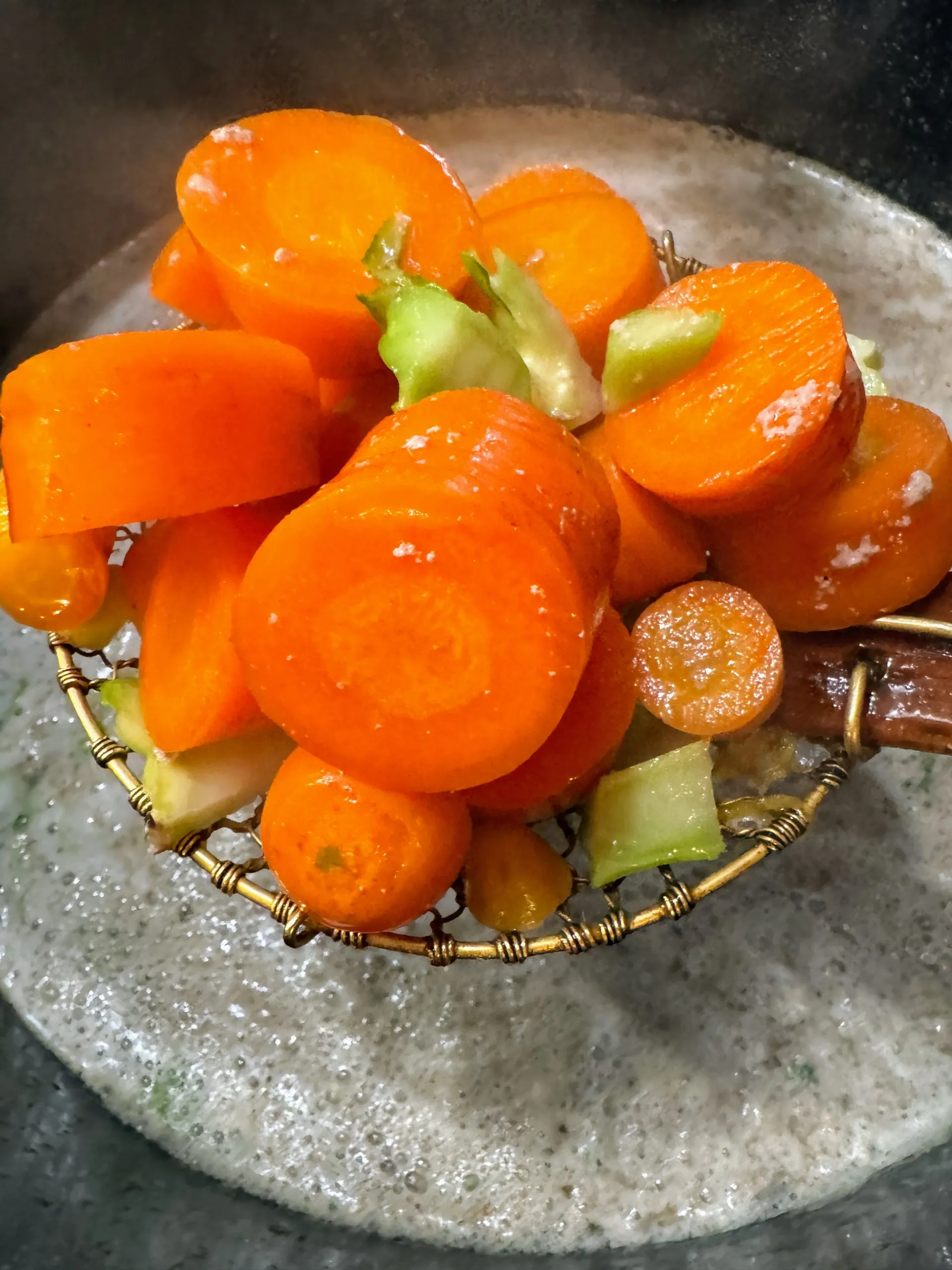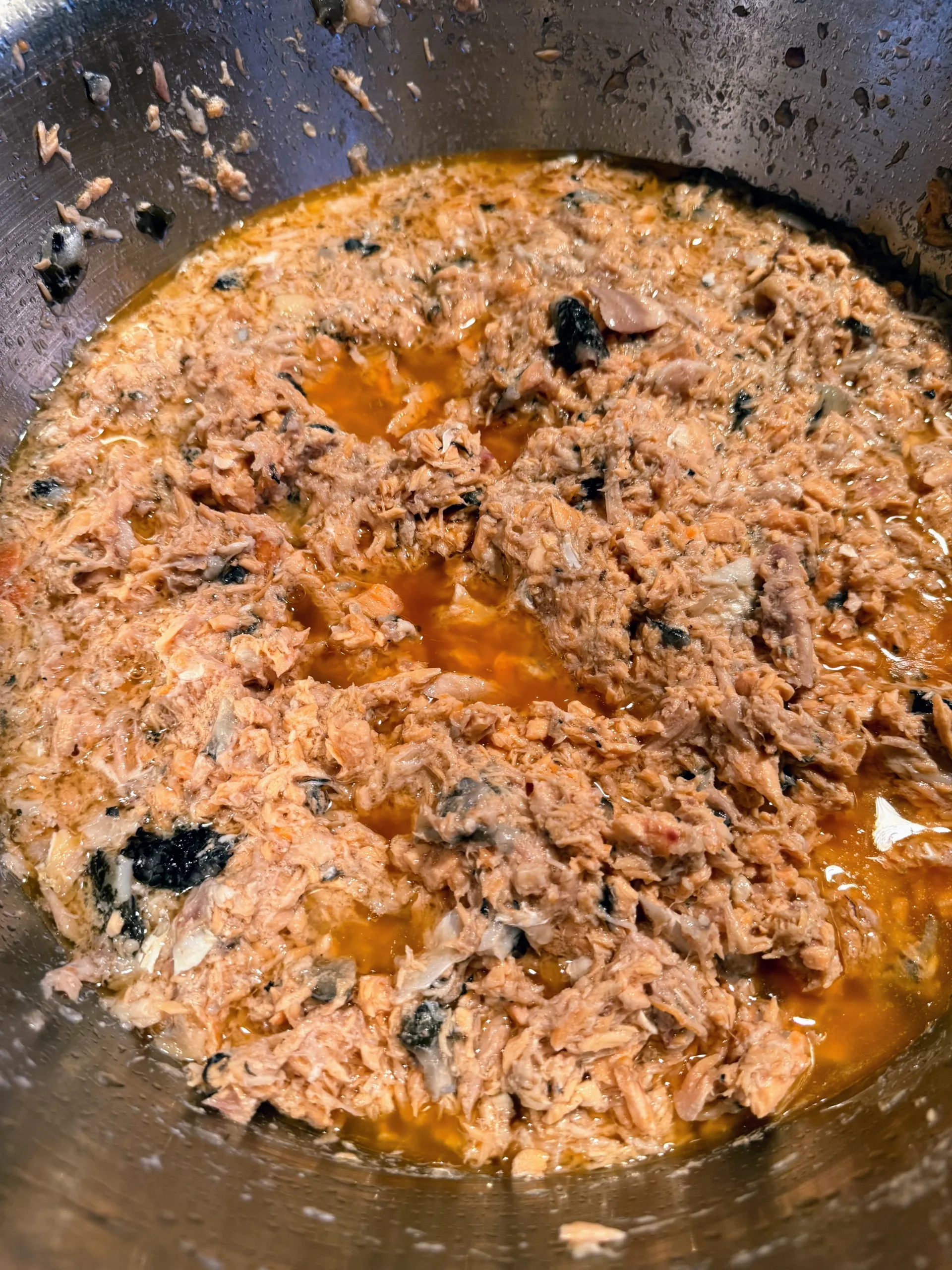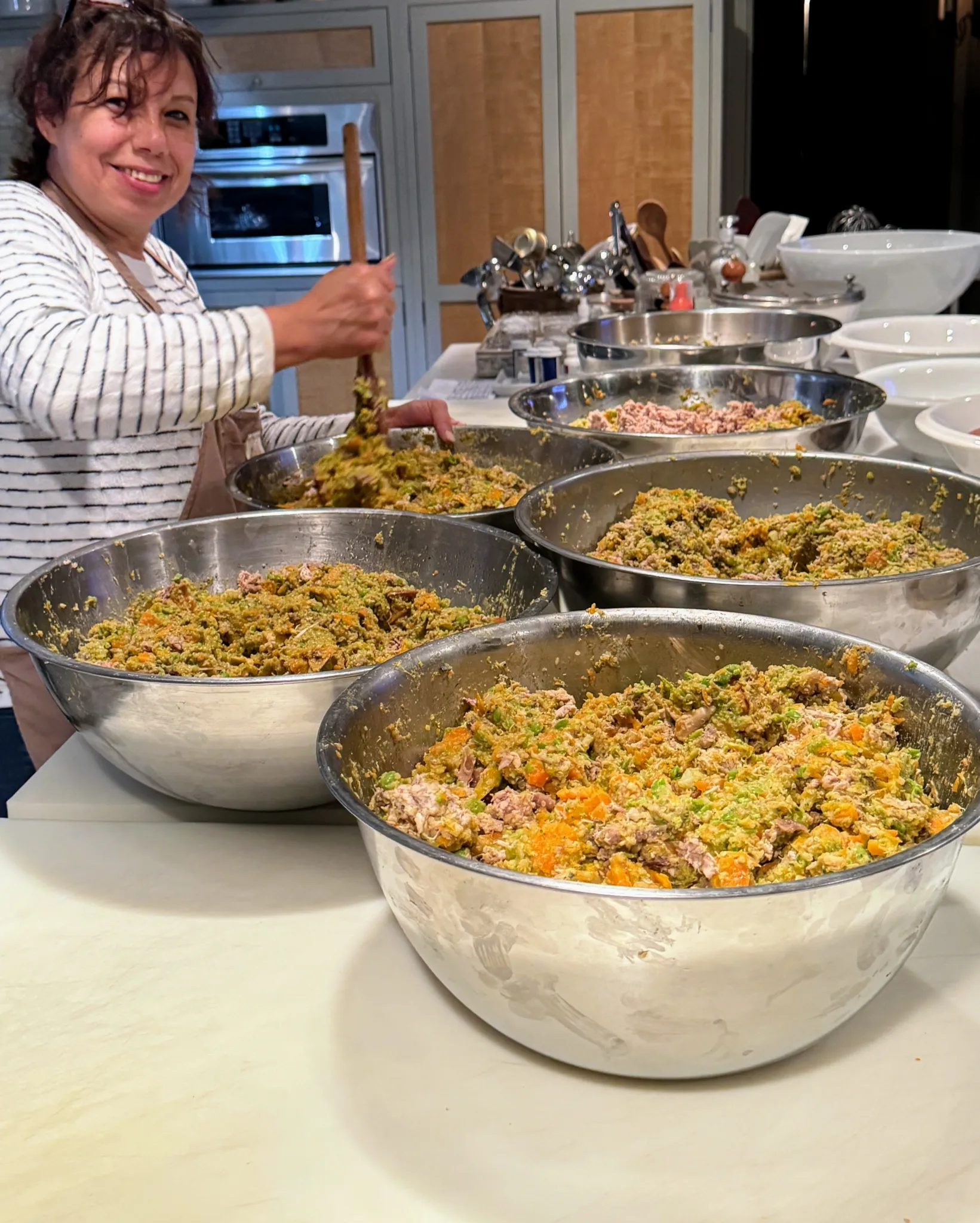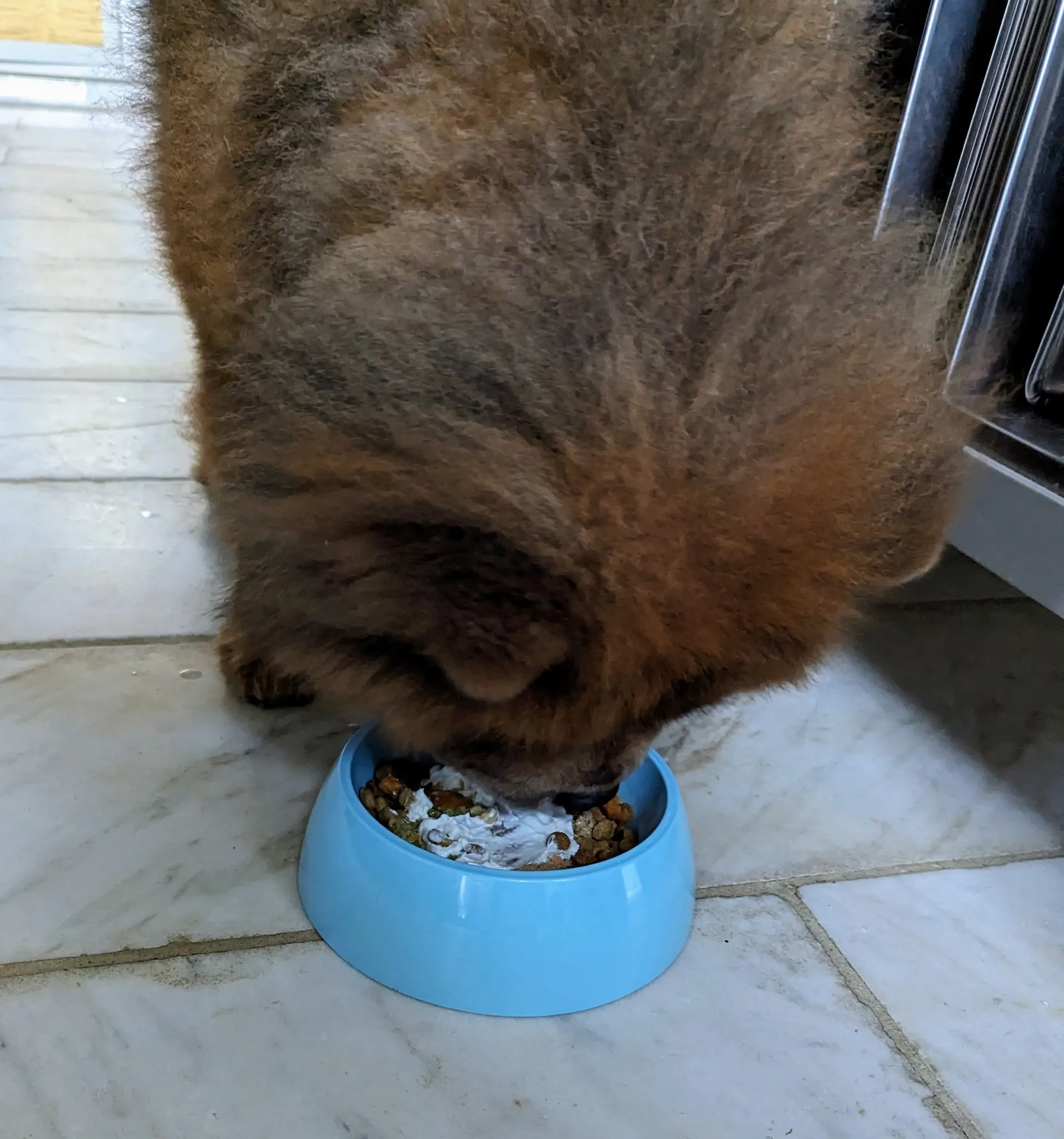Just like humans, our beloved canine companions thrive on wholesome, healthy meals. Many dog owners are turning to homemade diets as a way to ensure their pets receive the best possible nutrition, free from the preservatives and artificial additives often found in commercial dog foods. Preparing your dog’s food at home offers unparalleled control over ingredients, allowing you to cater to their specific needs and preferences while providing a varied and delicious diet. At Dog Care Story, we believe in feeding our dogs with love and intention, and that often means stepping into the kitchen. If you’re considering the shift to homemade meals, understanding the benefits and best practices is your first step towards a healthier, happier dog. For dogs with specific sensitivities, exploring options like homemade dog food for dogs with allergies can be particularly beneficial.
Why Choose Homemade Dog Meals?
Opting for home-cooked meals for your canine companion brings a multitude of advantages. The primary benefit lies in the complete transparency of ingredients. You know exactly what goes into your dog’s bowl, ensuring all components are fresh, high-quality, and sourced responsibly. This level of control helps avoid common allergens, unnecessary fillers, and artificial components that can sometimes be detrimental to a dog’s health. Furthermore, homemade meals allow for a greater variety in your dog’s diet, introducing different proteins, vegetables, and grains that can keep mealtime exciting and provide a broader spectrum of nutrients. It’s a deeply rewarding experience to prepare food for your pets, knowing that every bite contributes to their well-being and enjoyment.
Essential Ingredients for a Balanced Canine Diet
Crafting the Best Home Cooked Meals For Dogs involves selecting a thoughtful array of ingredients that provide comprehensive nutrition. A balanced diet for dogs typically includes a good source of protein, healthy carbohydrates, essential fats, and a rich assortment of vitamins and minerals from fruits and vegetables.
Proteins: The Foundation of Canine Health
Lean proteins are crucial for muscle development, energy, and overall health. Cooked salmon is an excellent choice, providing omega-3 fatty acids beneficial for skin, coat, and joint health. Venison (deer meat) is another fantastic lean protein option, often well-tolerated by dogs with sensitivities to more common meats. Remember to always cook meats thoroughly and, in the case of fish, meticulously check for and remove any bones before serving, as even small bones can pose a choking hazard or cause internal injury. When considering what type of meat is good for dogs, lean options like chicken, turkey, and beef (in moderation) are also great additions.
Vegetables: Vitamins, Minerals, and Fiber
A variety of vegetables adds essential fiber, vitamins, and antioxidants to your dog’s diet.
- Broccoli: Steamed or boiled until tender, broccoli is packed with vitamins C and K.
- Carrots: These bright orange powerhouses are low in calories and high in fiber, vitamins A and K, and potassium. Raw carrots can also act as a natural toothbrush.
- Peas: Green peas are a good source of B vitamins like Thiamin, as well as phosphorus and potassium. They cook quickly, so avoid overcooking to retain nutrients.
- Pumpkin: A fantastic source of dietary fiber, pumpkin aids digestion and can help with both diarrhea and constipation.
- Sweet Potatoes: Rich in dietary fiber, low in fat, and full of vitamins B6, C, manganese, and beta-carotene, sweet potatoes are excellent for digestive health.
 Bright orange carrots being prepared, packed with vitamins for dogs
Bright orange carrots being prepared, packed with vitamins for dogs
Grains and Carbohydrates: Energy and Sustenance
While some dogs thrive on grain-free diets, others benefit from healthy grains as a source of energy and fiber.
- Quinoa: This gluten-free superfood is rich in essential amino acids and a good source of protein. Due to its high protein content, it should be given in smaller amounts to maintain a balanced diet.
Dairy: Probiotics for Gut Health
Homemade yogurt, especially the whey, can be a nutritious addition. While many dogs are lactose intolerant, yogurt contains probiotics that can aid digestion and is often easier for them to digest than milk. Always introduce new dairy products slowly and observe your dog for any adverse reactions.
 Cooked salmon, carefully checked for bones before being added to dog food
Cooked salmon, carefully checked for bones before being added to dog food
Step-by-Step Guide to Preparing Your Dog’s Food
Preparing a large batch of homemade dog food can be an efficient way to ensure your pups have nutritious meals for weeks. Here’s a general process:
- Vegetable Preparation: Start by cleaning and chopping vegetables like broccoli, carrots, and sweet potatoes. Boil or steam them until tender. Peas and pumpkin chunks can be added to cook for a shorter period.
- Meat Preparation: Cook your chosen meats, such as salmon or venison, thoroughly. For salmon, be extra vigilant about removing all bones.
- Mixing: Once all ingredients are cooked and cooled slightly, combine them in large stainless steel bowls. This allows for an even distribution of nutrients.
- Processing (Optional, but Recommended): Many dogs prefer their food ground rather than in large chunks. Running the mixture through a food processor ensures a consistent texture that is easier for some dogs to eat and digest. This step also helps further blend all the beneficial ingredients.
 Elvira mixing processed homemade dog food before packaging into containers
Elvira mixing processed homemade dog food before packaging into containers
Storing and Serving Homemade Dog Food
Proper storage is key to maintaining the freshness and safety of your homemade dog food.
- Packaging: Use quart-sized containers, or similar, to portion out the food. This allows for easy freezing and thawing. Label each container with the contents and the date it was prepared.
- Freezing: If you plan to freeze the food, fill containers only up to the first line to allow for expansion.
- Serving: Our dogs typically eat two meals a day – one in the morning and one in the evening – as splitting meal times is good for their digestion. Each serving can be supplemented with high-quality kibble, additional supplements recommended by your vet, and a spoonful of homemade yogurt for an extra boost of probiotics.
Important Considerations for Home Cooking
While creating the best home cooked meals for dogs is incredibly rewarding, it requires careful attention to ensure nutritional completeness. It is paramount that homemade diets are well-balanced to meet all of your dog’s dietary needs. Researching what your pet requires, considering their age, size, activity level, and any underlying health conditions, is vital.
Always consult with your veterinarian or a certified canine nutritionist before transitioning your dog to a fully homemade diet. They can help you formulate recipes that are complete and balanced, ensuring your dog receives all necessary vitamins, minerals, and macronutrients. This professional guidance is especially important for homemade dog food recipes vet approved for large dogs or those with specific health concerns, such as kidney disease where specialized diets like homemade treats for dogs with kidney disease become crucial. Avoid feeding foods toxic to dogs, such as chocolate, grapes, onions, and garlic.
 Emperor Han enjoying a nutritious serving of his homemade dog food
Emperor Han enjoying a nutritious serving of his homemade dog food
Making your own dog food is a deeply personal and enriching choice that allows you to provide your furry family members with fresh, high-quality, and delicious meals. With careful planning, a focus on balanced nutrition, and professional guidance, you can confidently prepare the best home cooked meals for dogs, knowing you are contributing significantly to their health and happiness. Your pets will undoubtedly appreciate every thoughtful bite. For more insights into canine nutrition and health, continue exploring Dog Care Story!
